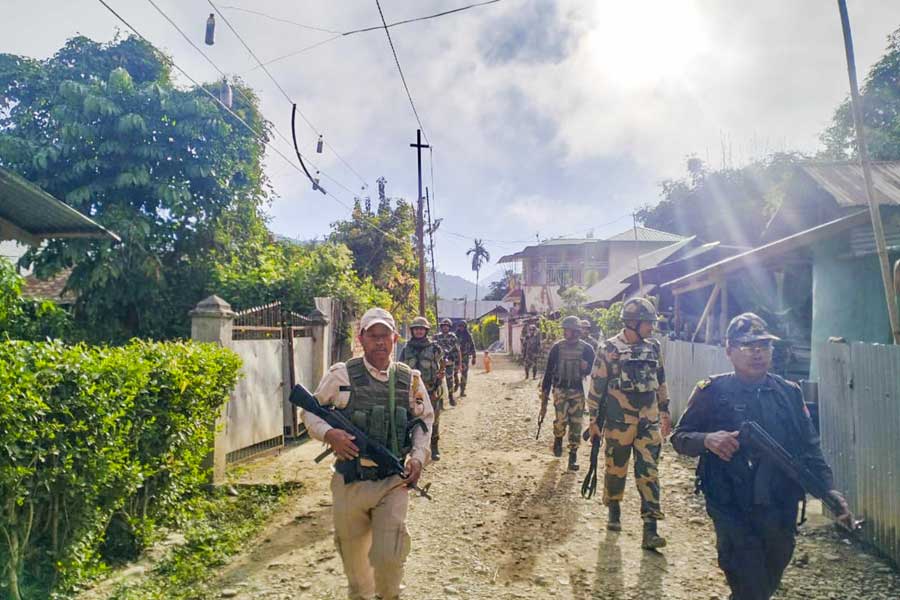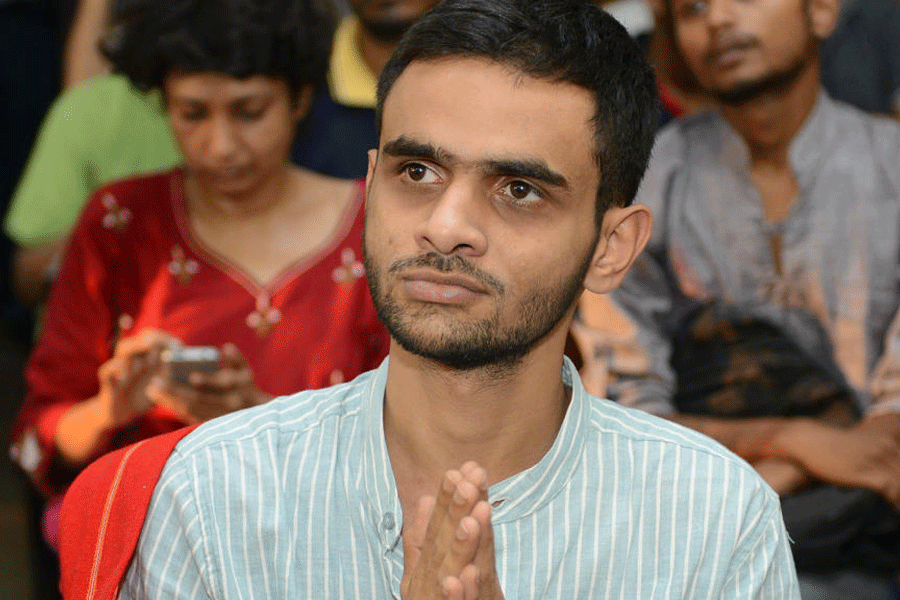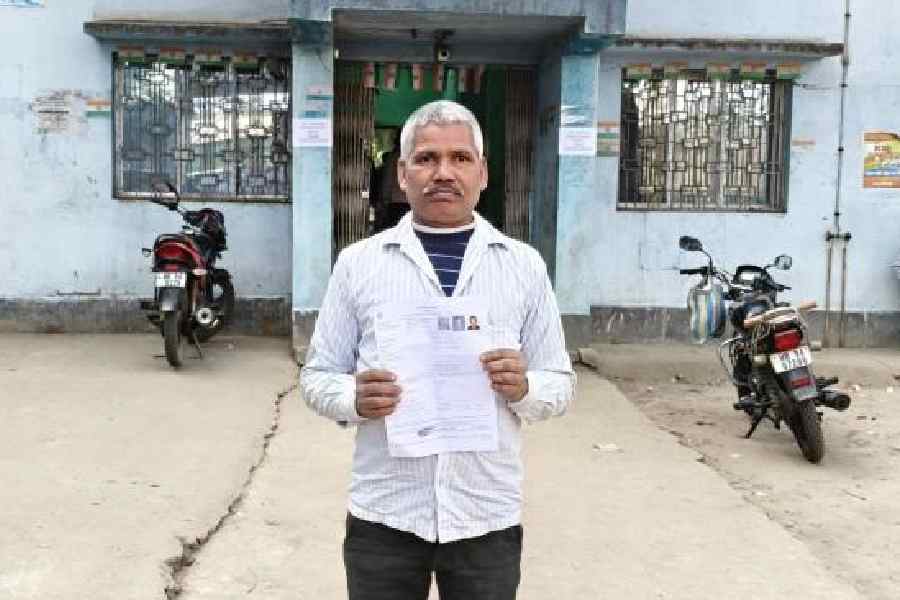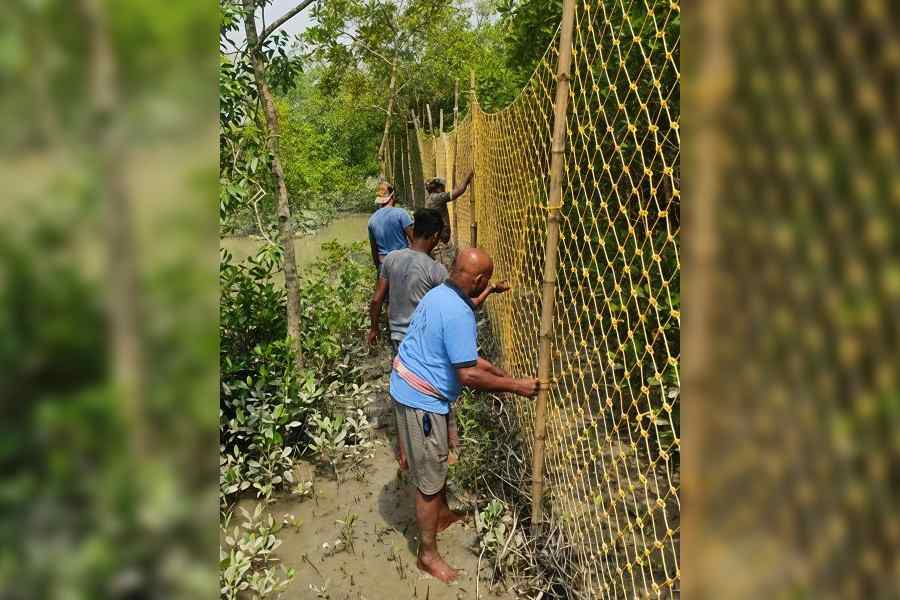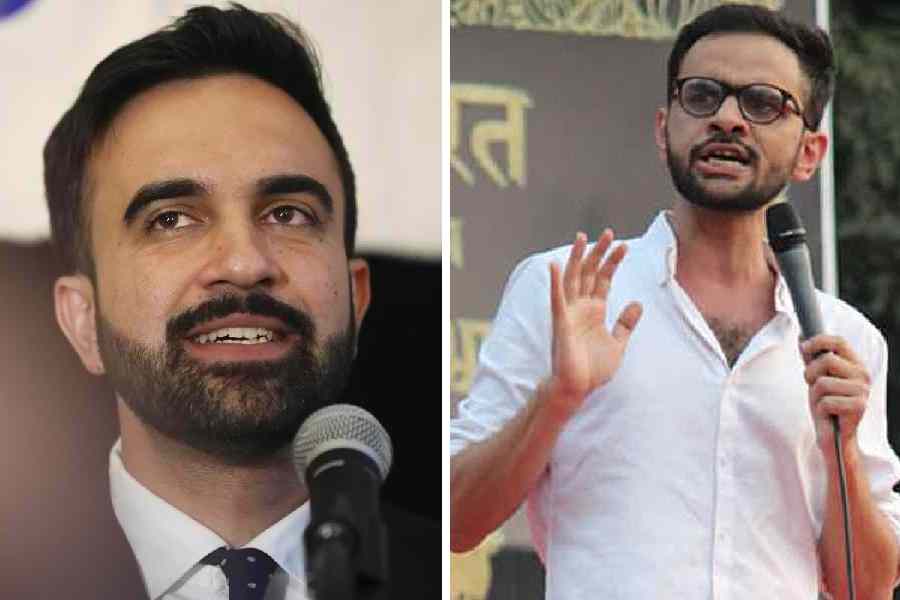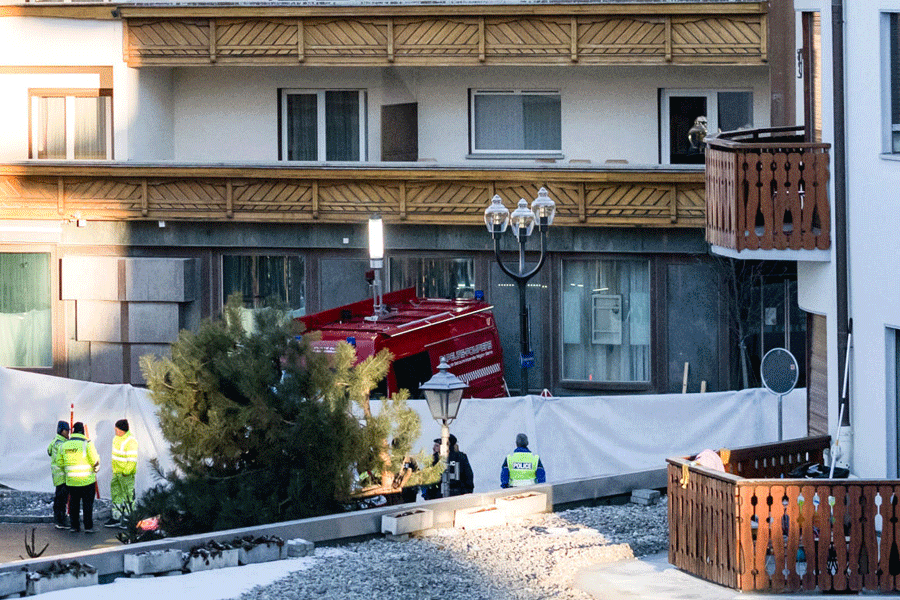Unimpeded movement of people inside a state or, for that matter, within the nation is synonymous with peace and stability. That the Union home minister had to chalk out a plan to facilitate the free movement of Meiteis to Manipur’s hill areas and, simultaneously, of Kukis to the Imphal Valley shows that peace and stability continue to elude the troubled state. Worse, on its first day, the free movement initiative was met with resistance and bloodshed: one person was killed when clashes took place between security forces and mobs protesting against the Central plan to implement unrestricted movement in the Kuki-dominated Kangpokpi district. Groups representing the Kuki-Zo people have been adamant that the free movement of civilians and goods throughout the state’s roads, including two crucial highways, would be permitted only after the acceptance of a set of demands that they have presented to the administration: the charter includes the demand for the formation of a Union territory carved out of areas dominated by the Kuki-Zo people. A Kuki-Zo group has even urged the United Nations high commissioner for human rights — he had, earlier, called for redressal of the violence and displacement in Manipur — to take cognisance of the “discrimination” against the community following the recent episode in violence. It is, however, heartening that a civil society organisation of the Kuki-Zos is engaged in talks with the administration of the Kangpokpi district in order to explore ways of ending the impasse on the free movement endeavour.
This chain of incidents proves that subterranean unrest continues to simmer even after the imposition of president’s rule in Manipur. It is true that the number of open clashes has come down. Some momentum had also been gained when it comes to the return of looted arms by ethnic militias, even though the bulk of weapons remains unaccounted for, forcing the extension of the deadline for the surrender of weapons. But the key challenge — the yawning ethnic fault lines —remains unaddressed. Given the lack of trust between the aggrieved ethnic groups, it would be futile to hope that peace would be achieved quickly. The Centre must also understand that peace cannot be steamrolled either. The push for free movement revealed a desire to rush through a cosmetic measure that seeks to give the appearance of normalcy to a state that remains broken in spirit and body. The return of meaningful peace to Manipur can only be a long-winding process; some of the issues at stake are quite intractable. Representative dialogue holds the key to untangling these knots. Most importantly, the Centre must not try and ‘impose’ a fragile peace that has selective takers.

